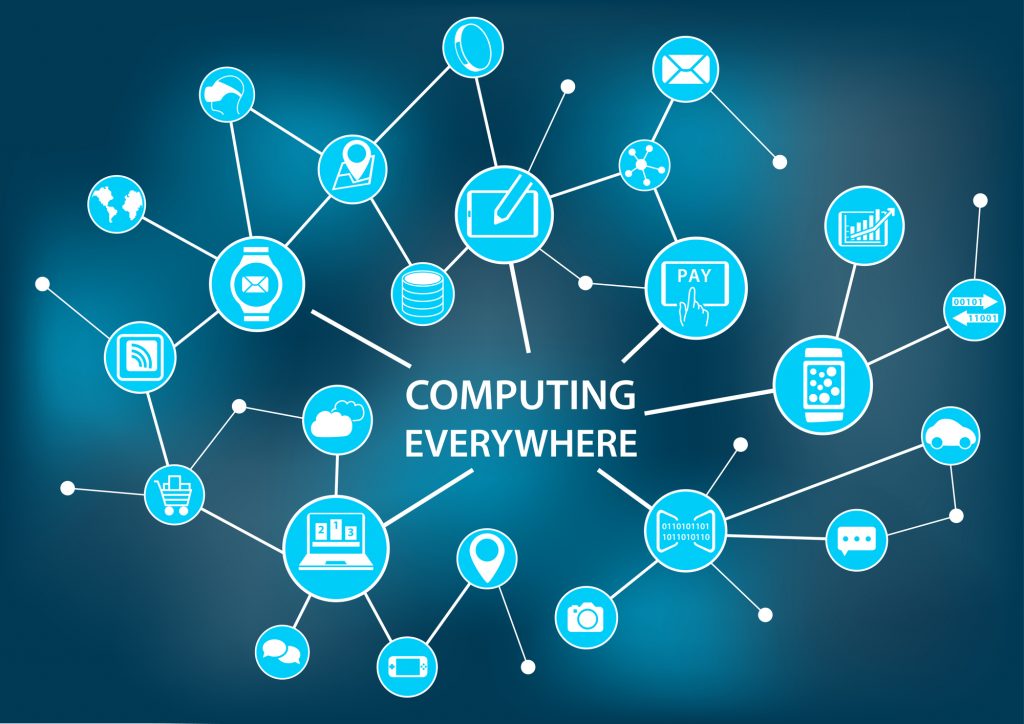- February 25, 2021
- Catagory Collaboration
Remote work will continue to drive cloud security trends
The ability to work anywhere was already driving cloud security trends before the pandemic hit, but remote work played a heightened role in 2020 and will continue to do so as employers maintain a hybrid approach to staffing—many will continue to work from home even once others return to the office.

That means many of the cloud security trends we’ve seen over the last year will continue for the foreseeable future, and the cloud will be part of the solution in securing proliferating endpoints.
More attacks
Remote work has led to more attacks and shoring up of cloud security as endpoints proliferate. Mix in adoption of 5G networks and SD WAN, and you’ve got a recipe for even more attack surfaces that look tempting to hackers. Cybersecurity teams need see every endpoint connected to the network and how they impact cloud security as users connect to public services as well as those still run on-premises and some delivered by managed service providers.
Cloud security misconfigurations
As remote work remains a reality for many employees, it unfortunately means misconfigurations of cloud security will continue to pose a risk to the organization. Easily providing access to applications and data to many users and endpoints requires a robust security strategy that enables IT teams to see all the data traffic traversing its corporate network and across various cloud services. It’s critical that they understand who is responsible for securing what, as it can differ depending on the cloud service provider while improving identity and access management adding better cloud security controls. This should include the use of multifactor authentication to protect user credentials and help to avoid common threats such as phishing attacks.
Continued reliance on VPNs
Virtual Private Networks (VPNs) have always been an essential tool for enabling remote work, and they will continue to be necessary to enable employees to access the corporate network securely. Provisioning, maintaining, and securing them through robust encryption will continue to be a high priority task for cybersecurity teams as relying on consumer grade VPNs downloaded by home users for personal devices present too much risk to the organization.
Security awareness training
End user behaviour has always had an impact on cloud security, but as remote work continues, organizations must make sure they put time and resources into cybersecurity awareness training from the C-level on down. Every employee, including remote workers, must understand how data breaches and other security incidents, whether caused by threat actors or honest mistakes, can disrupt business operations and the resulting consequences.
The answer is in the cloud
As much as remote work poses a threat to cloud security, the cloud is likely to provide the solution. The traditional network perimeter has arguably been long gone for years with the rise of the cloud, distributed and global workforces, and the Bring-Your-Own-Device (BYOD) trend that is now par for the course.
Just as many applications and data now reside in the cloud, organizations need to transition to more security being delivered via the cloud, and that includes the securing of endpoints. Cloud-delivered endpoint protection platform (EPP) will become essential for safeguarding organizations that have a great deal of remote workers, even after many employees return to the office.
EPP will make it easier for you to protect any workstation regardless of location, whether it’s desktop or laptop computer, or a smartphone or a tablet. And while this may look like yet another time-consuming and costly cybersecurity implementation that must be undertaken, it’s something an experienced managed service provider can help you to cost-effectively deploy and manage to maintain both security and availability of applications and data as remote work continues.




 Latest Blogs
Latest Blogs FAQ
FAQ